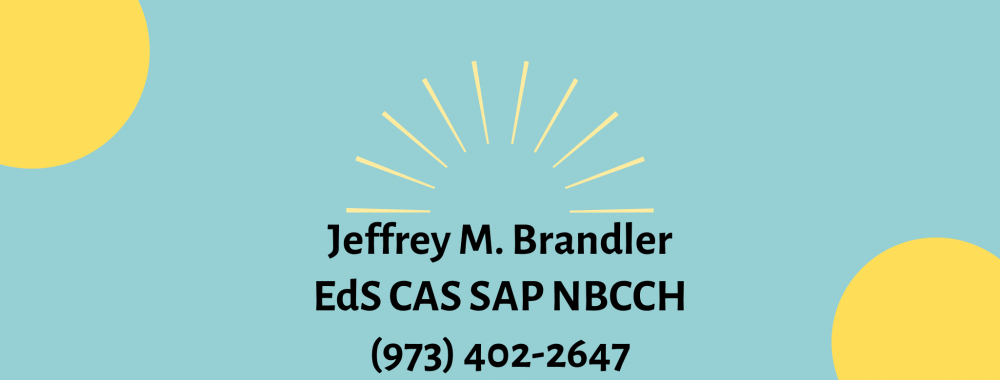I have been a hockey fan for most of my life. I was struck by The National Hockey League’s(NHL) speed, power, grace, and excitement. It is a sport with a regular season that goes on too long. However its claim to fame is its playoff series, a 16 win marathon that culminates in the celebration of Lord Stanley’s cup. It’s a sport played by professionals from 18-48 making it a sport played by both the youngest and oldest professional athletes.
The NHL also has a rather strategic way of policing its players who do not follow the rules. In fact, the league’s penalty system gives us a good model for parenting strategies. It disciplines its players immediately, for a specified period of time, and uses effective time outs (penalty box). It is also dishes out consequences based upon the person’s behavior.
The NHL has a very specific tier system which looks something like this:
- Minor Penalty(tripping ,holding, high sticking, inference, slashing) 2 minutes
- Major penalty(fighting) 5 minutes
- Misconduct(usually towards referee) 10 minutes
- Game Misconduct(major offense—hurting another player etc) Thrown out of game, possible suspension or fine.
When a player commits a wrong doing, it’s not only the player who is penalized, it’s his team. When a player goes to the penalty box for a two minute tripping minor, his team also plays shorthanded for those two minutes. Playing shorthanded increases the possibility that the opponents will score a goal making the penalty much more significant.
Could parents discipline their children using the NHL model? Yes! Good parenting is based upon immediacy and “making the punishment fit the crime”. The NHL has got that down perfectly. The NHL is already using a “time out” model, (penalty box), so that too is a good fit. Most penalties committed by children at home or in school are usually minor. They need some immediate consequences. A simple timeout, whether in a time out chair or sent to their room, will usually suffice as a consequence. The penalties and consequences could be adjusted according to the age of the child— a seven year old who doesn’t listen and a 15 year old who doesn’t listen could both be “minor” penalties. However the consequences of these “minors” would be different. This model also allows parents to identify appropriate consequences depending upon the infraction. A child who is bratty towards his sibling and one who steals from a store would need very different consequences. The NHL model also reinforces that yelling is counterproductive. There is only 1 reason to yell at a child, that is when they are in DANGER! I’ve never seen a referee yell at a player. He has pointed to the penalty box, asked nicely for the person to go, asked with a little more assertion, warned that the player will get a misconduct penalty if that does not go, and then gave them the 10 minute misconduct. No yelling to reinforce the consequence occurred.
The NHL also rewards good behavior. There are the Player of the Week, and Player of the Month awards. At the end of the season, there are the trophies for Most Valuable Player, Best Goalie, Best Defensive Player etc. The best NHL award is The Lady Byng trophy which is given to the “player adjudged to have exhibited the best type of sportsmanship and gentlemanly conduct combined with a high standard of playing ability”. Imagine an award for sportsmanship and gentlemanly conduct in a professional sport. It is these awards and trophies that players can aspire to in order achieve bonuses in their contract. Using this incentive plan is also a way for parents to help their kids change behaviors. If you give a child a specific goal to work for (i.e. getting dressed in the morning by themselves), then they can have good reinforcement towards that goal—praise, stickers etc. Once the behavior is learned, no more struggles! Incentives also work with teenagers. Since teenagers always need something—phone, ride, clothes, money, they too can be asked to change their behaviors in order to achieve what they want.
The NHL has perhaps the finest conditioned athletes in the world, but ones who need structure, discipline, consequences, and incentives in order for them to have maximum performance. We want our kids to have their own maximum performance. To have that level of achievement, they need parents to give them incentives and consequences. Once children learn new behaviors, they feel better about themselves. Over time, they become happy and healthy kids. When they are happy and healthy, then they can win their own “Stanley Cup”.
Watch this video to learn more about the NHL:

